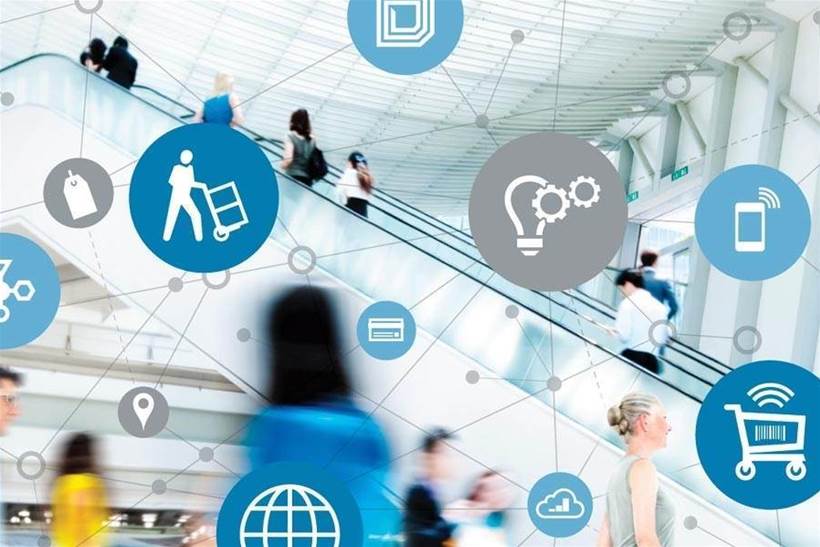The Internet of Things is paving the way for the ‘experience economy’, according to Tom Bianculli, Chief Technology Officer at Zebra Technologies. Enterprises, he says, are transitioning from selling services to selling experiences, and they will need the power of IoT if they are to do this successfully.
“To stay on top of the present and prepare for the future, enterprises will have to figure out how to connect and manage [connected] devices and the data they generate, as well as how to adapt their business processes and create new personalised experiences for their employees, customers, partners and all stakeholders,” Bianculli says.
The idea of the experience economy is not new. It originated in a Harvard Business Review article in 1998 Welcome to the Experience Economy. It explains that experiences are as different from services as services are from goods and predicts that services, like goods before them, will become increasingly commoditised and experiences will emerge as the next step in what it calls the progression of economic value. “From now on, leading-edge companies — whether they sell to consumers or businesses — will find that the next competitive battleground lies in staging experiences.”
That prediction was made before the dawn of the IoT era, which is generally regarded to have begun in 1999 when British technology pioneer Kevin Ashton coined the term to describe a system in which objects in the physical world — specifically RFID tags — could be connected to the Internet by sensors.
IoT is now the key enabler of the experience economy. According to a World Economic Forum/Accenture white paper, products will evolve into services, and services into experiences, with data as the backbone of their delivery. The white paper says hyper-personalisation will bring new revenue models and create an environment in which revenue is more closely linked to outcomes for individuals, and for society.
It says customers now expect and value increasingly personalised interactions at all points of their interaction with suppliers, and that digital technology is enabling companies to deliver this personalisation economically and at scale.
All industries are now striving to make the transition with increasing personalisation. Take retail, for example. Earlier this year, Zebra reported on the results of its 2017 Retail Vision Study.
According to the study, by 2021, 75 percent of stores will not only know when specific customers are in the store, but will also be able to customise the store visit.
“Topping retailers’ personalisation goals are knowing when specific customers are in store; knowing where customers are in the store; and customising shoppers’ store visits. To make that happen, retailers are betting on location-based technologies to woo consumers at their precise moment of need.”
Of course, underpinning the retail “experience” is the purchase of a tangible good, but IoT has great potential to enhance what is already sold purely as an “experience,” such as watching a sporting event.
In the United States, Zebra has embedded sensors the size of a five cent coin into the shoulder pads of National Football League (NFL) players. These show – in real-time – how fast a player is running, the distance he’s travelled, and his acceleration and deceleration, among other things. Most recently, Zebra has announced its partnership with Kinduct Athlete Management System to extend the player tracking solution with an extended, detailed view into players’ health, wellness and overall performance.
It’s giving a whole new meaning to the fan experience, providing visibility into game statistics with details that have never been available before.
For information on Zebra’s visibility solutions, visit www.zebra.com.







